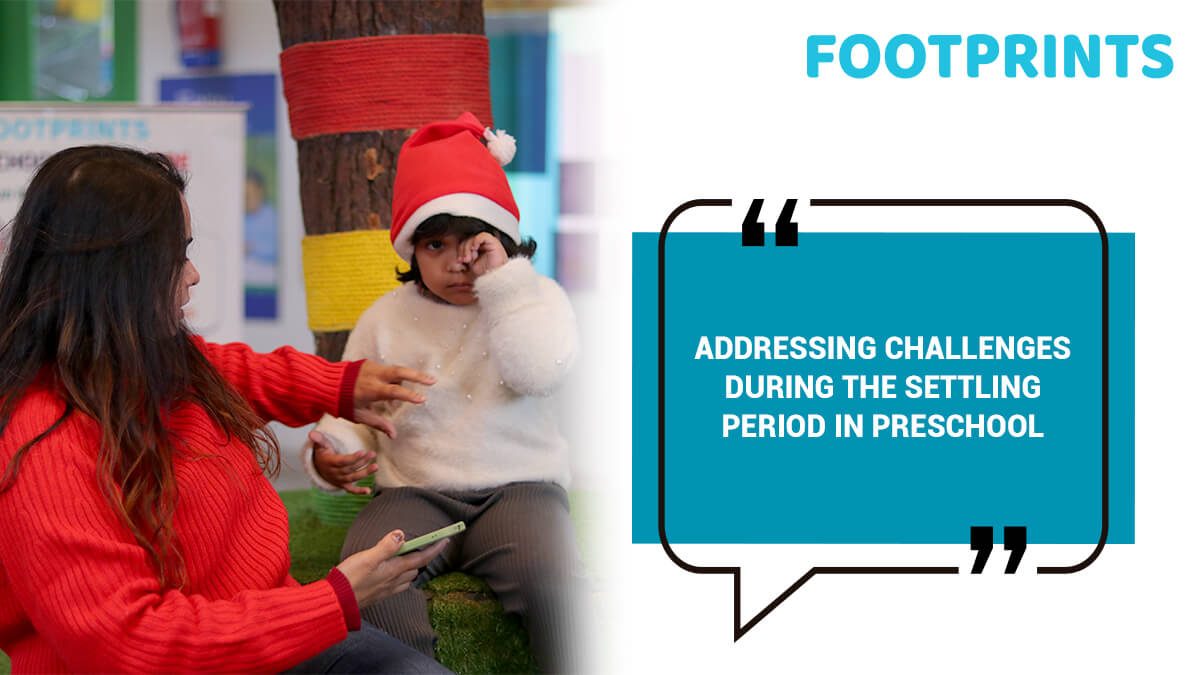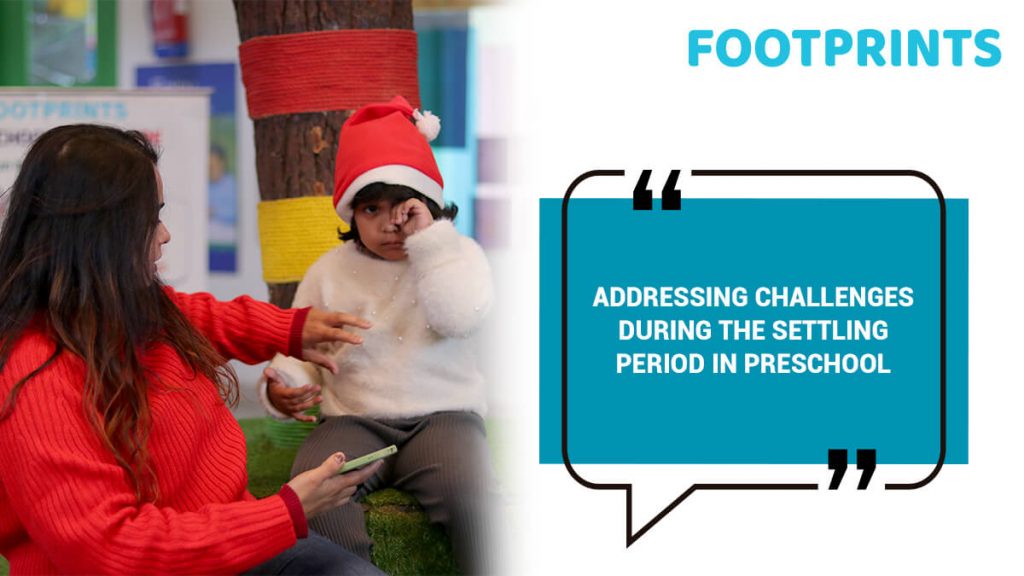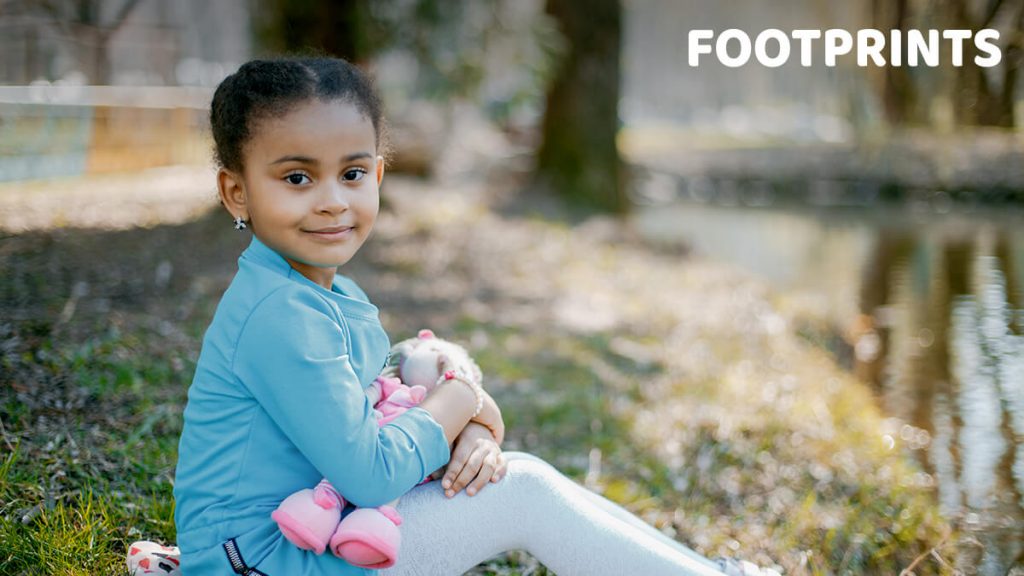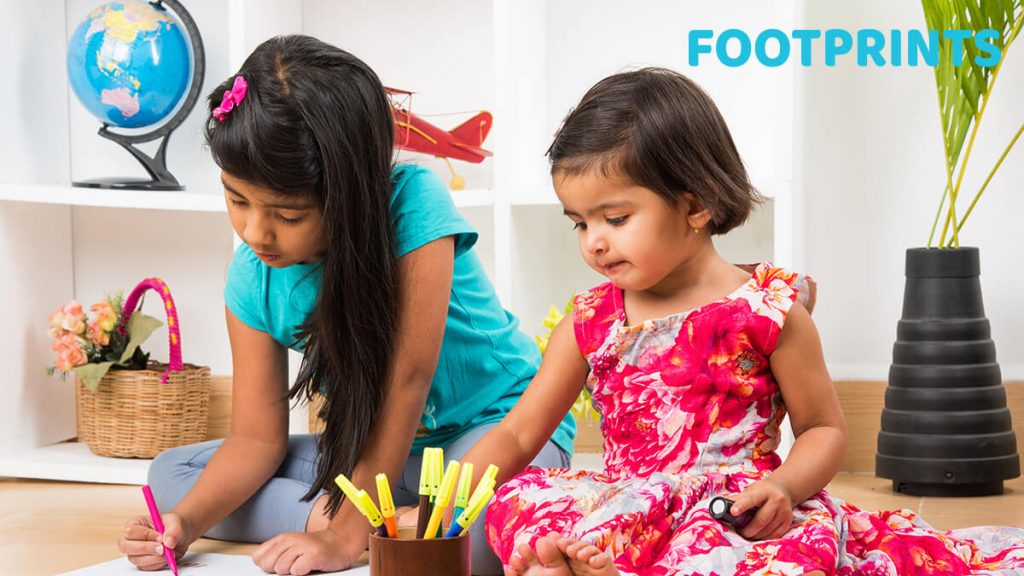

If it is time for you to send your child to kindergarten, odds are that the dominant emotion that you have is that you are seeing your heart walk outside of your body. The child, of course, will also be feeling the pangs of separation anxiety especially in the early settling period. If you are wondering if there is anything you can do to address these early challenges, the answer is a resounding yes! Here are some handy tips.
First things first, even before the child joins preschool, make sure you take time to explain the routine to the child. Tell them about the children they will meet, the games they will play, and more. Pro tip-In doing this, you need to be realistic. If you overhype the experience, odds are that the child may be very excited on day one, but subsequently may not be willing to follow through.
Importantly, make sure to tell them that you will drop them in the morning and will be there each day to pick them up after school. It will be a good idea to resort to pretending to play in the days preceding the beginning of school, where the child’s furry friends and his soft toys can go to kindergarten every day and the mama toy can drop & pick them up. Reading books together about going to preschool can also be a great idea as it will set the context for them. It will be best if you can also take the child to visit the school and meet the teacher before school starts, to create familiarity with the environment.
Setting up some play dates in advance often also helps the acclimatization process as it ensures familiarity. Besides these playdates teach the child to regulate emotions, share objects, take turns, and more. All of these will not just help them settle down in preschool, these are also important life skills. Another aspect that will help the process of acclimatization not just to preschool, but to life, is to equip the child to do age-appropriate chores. For instance, get them to learn to eat on their own. While it may be messy, meals may take longer, what you would do is teach them the skills of independence that will come in extremely handy. This will also go a long way in increasing their self-confidence.
Children often do not switch from one activity to another easily. In order to ensure that the child takes to transitions well, it will be a good idea to work on this aspect before preschool starts. For instance, get them to learn to move from one activity to another. You could tell them in advance that once we finish the coloring activity, it will be snack time. Having a chart stating the activity & their timings will also help inculcate the sense of following through on different activities and to be prepared for what is coming next.
While preparing the child in advance will be comforting, truth be told, the actual process may still seem intimidating. It will be helpful to create the following routines to make the actual process of settling down easier.
1. Have a goodbye routine– While you may find it far easier to sneak away than to see the child anxious, it isn’t advisable to do it. Sudden disappearance may only exacerbate the child’s anxiety. Instead, establish a goodbye routine- it may be a hug, a high five, or whatever works for you all. Of course, remember not to make it too elaborate so that you do not reinforce the child’s fears. Also, it is important that when you pick them up, you remind them that you are back in time to collect them. This will give the child the much-needed confidence to tackle the subsequent days.
Besides goodbye routines, the importance of having a routine, in general, cannot be overstated. It is a routine that offers predictability to the child. Besides, a child who has had the necessary hours of sleep and is well rested is far more likely to take to his preschool routine well.
The preschool would also in all probability follow a gradual routine where the number of hours the child spends there, go up progressively. In fact, for the first few days, the preschool may also encourage you to sit with the child in class. These routines go a long way in helping the child settle down into the new environment.
2. Offer a comforting object– It will be a good idea, in the initial days to allow your child to carry a beloved object that is a reminder of home. A favorite doll, for example, can offer a sense of security when the environment is new.
3. Understand that every child is different– It may be heart-wrenching to see your child cry as separation anxiety overtakes him each morning, while some other children trudge to school without a tear. It is important to understand that each child is different and needs to process emotions differently. Stay away from making comparisons. Instead, just honor your child’s process. In fact, instead of wishing away the child’s fear, it is better to acknowledge them and then help diffuse them. Speak to the child about his or her fears and reassure them. That said, you can also use tools if you like to reward the child. For example, a smiley for every day the child ventures out happily.
4. Do not transfer your nervous energy– Above everything you have to remain positive and not transfer your nervous energy to the child. Even if you do not say anything to the child he or she is capable of catching the vibes and your anxiety. Believe that the child will be able to take small independent steps. Use a calm voice and overall exude positivity. For the same reason, resist going back to the preschool several times a day to check on the child. If anything, this will only delay the settling down process.

To Sum Up
All in all, remember that this transition is a phase that will soon be behind you. Children are resilient and take to their new environment. In the meantime, keep reminding yourself that this decision is for their good. Steer clear of withdrawing the child from the preschool after a few days because the child is showing signs of separation anxiety; remember that habits take time to form. Patience is the key, therefore give yourself and the child the time to make a successful transition. Needless to say that if the separation anxiety persists do get to the bottom of it. Taking help from the child’s teacher is imperative. You will discover that the teacher has several resources that could help you and your child. In fact, while on the subject of teachers, it will be worth mentioning that taking some time & doing the necessary research in choosing the right preschool that has committed and trained teachers, a scientifically designed curriculum, and more, can go a long way in making the process smooth.
Here’s to a successful transition and to your preschooler taking the first few steps toward independence.
Aditya brings over ten years of expertise as a Senior Marketing Strategist. He’s an expert at developing captivating marketing tactics that regularly provide excellent outcomes. His innovative strategies have demonstrated a track record of increasing organizational reach and engagement, showcasing his extensive knowledge of the contemporary marketing landscape.


